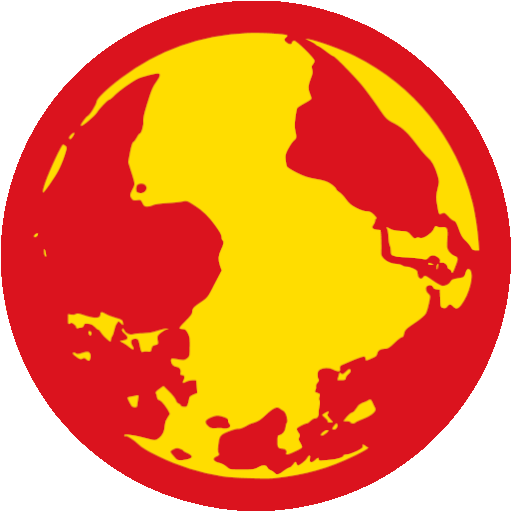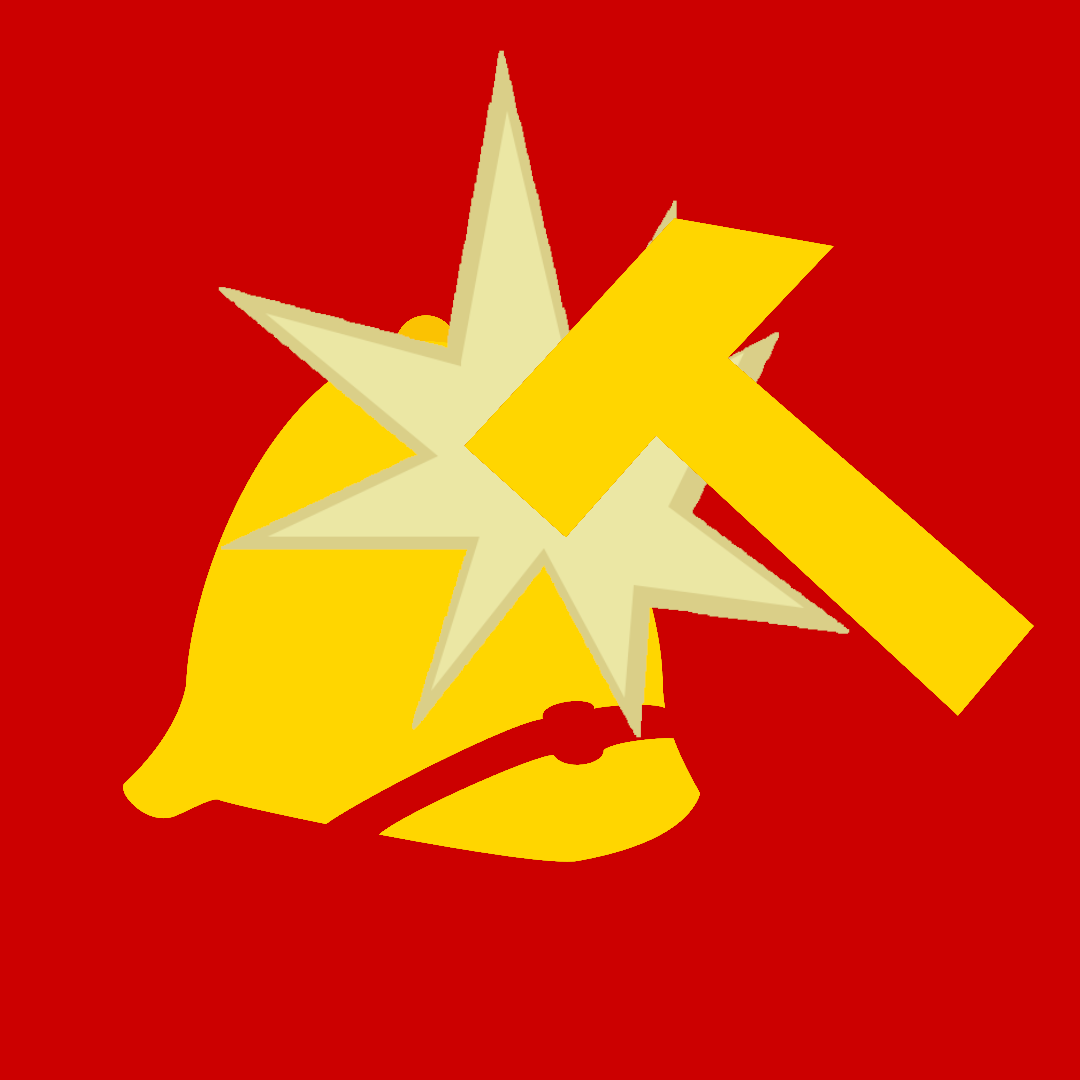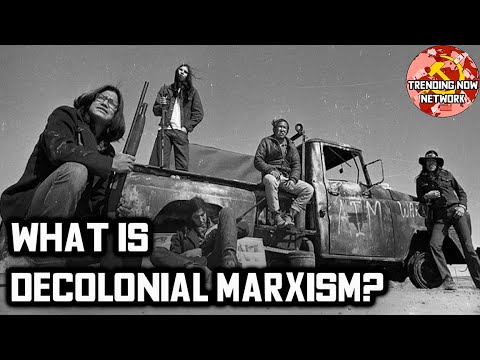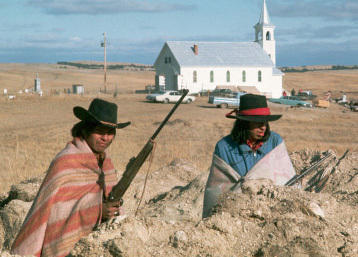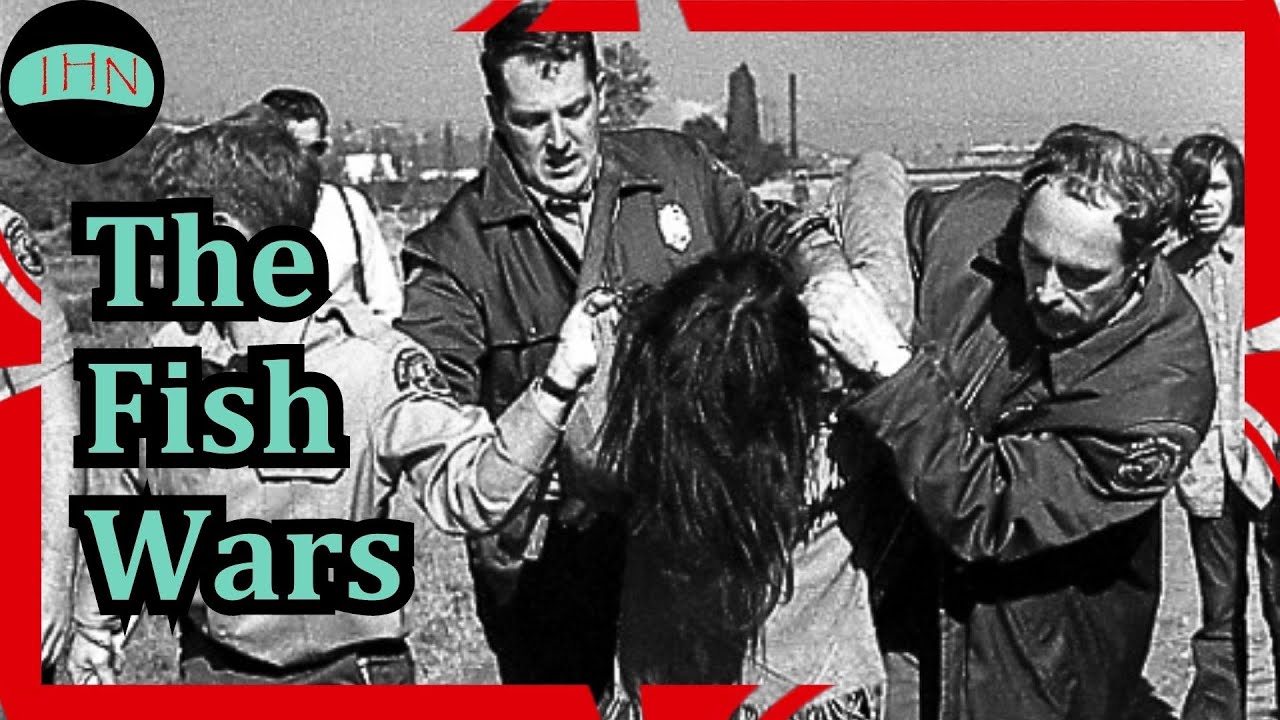

- Implying unions are inherently revolutionary. (Nearly all US unions are already giving money to the stock market to grow their pensions, them for personal benefit, you in this case for communal development geared for NatLib struggles).
- Implying unions develop communities outside of creating Imperialist communities in Imperialist states.
- Any money you take from the stock market would be accumulating wealth already accumulated by the Bourgeoisie. If you could somehow create a permanent syphon to 3W or 4W resistance groups from the market then that’s cool.
- Purchase land and give it up to the nations it was stolen from == cool.


